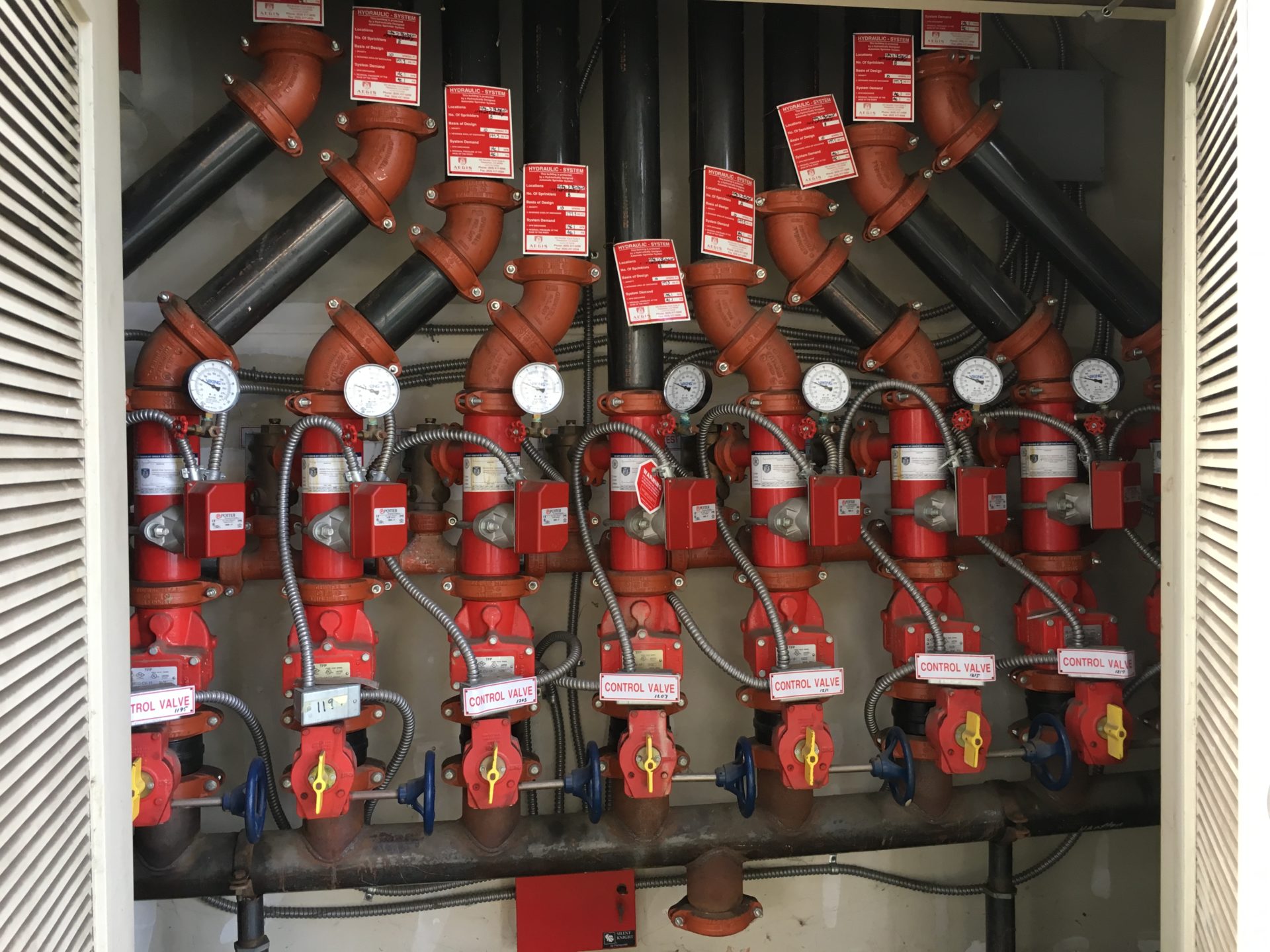Active Loss Control

With Memorial Day behind us and the summer season in full swing, barbecues, fireworks, and other summertime traditions are becoming the order of the day. With grills and fireworks comes additional risk to property and lives from fire and fire-related injuries.
Whether you’re a homeowner, a board member of an HOA or a property manager, you have a stake in helping to ensure active loss control. Active loss control means being proactive about your fire and life safety equipment. This means being aware of all the ways your property can reduce the chances of a fire and minimizing the damage if one occurs. One of the ways this can be done is by keeping inspections and certifications current, as well as and ensuring you have appropriate policies in place to repair any deficiencies in a timely manner.
Active loss prevention includes thinking ahead to what could happen, not necessarily what will happen. Think of it like having health insurance. When everything’s functioning properly, it’s more or less invisible—but if an emergency does happen, it’s nice to know you have protection in place.
As HOA board members, community and property managers, active loss prevention includes communicating with the insurance company covering the HOA, building or complex and the tenants inhabiting the building and the local authorities having jurisdiction, AHJ for short. The NFPA sets the minimum standard while the local AHJ can apply stricter guidelines for fire and life safety codes and regulations. The insurance company takes these standards in addition to the terms of the HOA’s CC&Rs into consideration when determining risk, which influences the bottom-line cost of your insurance policy.
Tenants and homeowners have their own responsibilities. Not only must they report deficiencies or problems with their fire and life safety equipment as soon as possible, but they need to work with the HOA or PM to help facilitate inspections. For example, in a multilevel condo building, all the units may be connected with a single fire sprinkler riser. If one tenant refuses the inspection, this could hold up certification for the entire structure. Depending on the terms of the CC&Rs of the community, this could lead to the tenant or homeowner being assessed fees and penalties for a follow-up inspection, refusal by the insurance company to renew the community insurance policy due to noncompliance and possible risk to all the other tenants in the building.
Active loss control is everyone’s responsibility and starts long before an emergency occurs or an alarm goes off. When everyone gets involved with active loss control, everyone gets to enjoy a safer, more welcoming environment and less worry about, “what if?”
Statcomm is committed to helping HOAs, multifamily dwellings and businesses of every size and shape to ensure their fire and life safety systems are up to code and ready for whatever may come. By providing inspection, testing and certification services, we can help you stay in compliance with CC&Rs, insurance policy guidelines, and AHJ laws, rules and regulations. To learn more about how we can help you and your community enjoy a safer, worry-free summer, call us at (650) 988-9508 or email us at marketing@statcomm.com.
Check out our other Newsletter articles below…
CC&Rs: Is It Time For an Audit?
Inspection Stickers: Small Profile, Big Impact
Statcomm Employee Spotlight: Jamal Jordan
